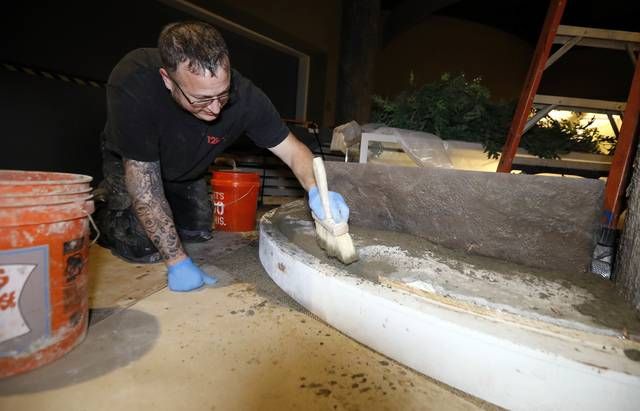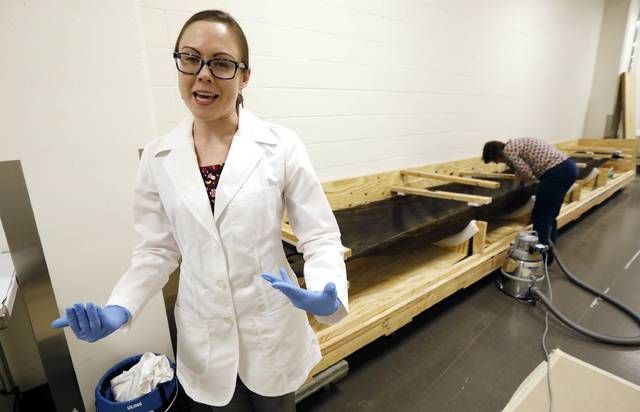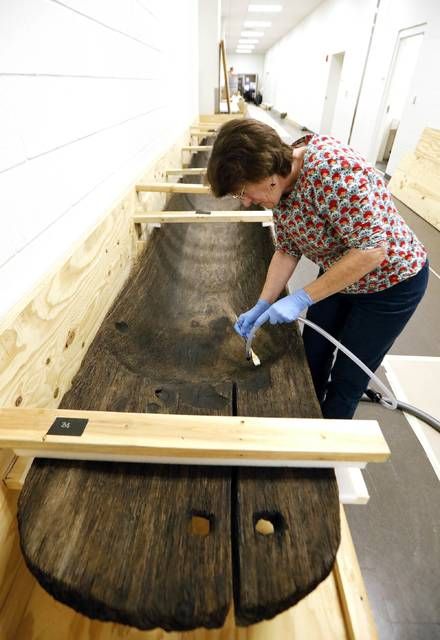Click here to subscribe today or Login.
JACKSON, Miss. — A canoe that’s hundreds of years old will be one of the largest artifacts for visitors to see in the new Museum of Mississippi History.
Workers are preparing a display case for the canoe that is 25.5 feet (7.8 meters) long and was made by Native Americans chipping, scraping and burning out the lower trunk of a bald cypress tree.
Curators believe it was made between about 1500 and 1600 from a tree that was already about 200 years old.
Museum director Rachel Myers said the name of the group of people who made the canoe is unknown. It will be displayed in one of the museum’s first galleries, which shows the First Peoples from 13,000 B.C. to A.D. 1518.
Workers from the U.S. Army Corps of Engineers unearthed the canoe during a dredging operation in 1989 in Steele Bayou in the Mississippi Delta. Conservator Kathryn Etre said the canoe had been buried in silt, which protected it from rotting.
The piece is known as the Swan Lake Canoe because of the area where it was found. After it arrived at the state Department of Archives and History in the early 1990s, workers preserved it with a compound that strengthened the structure of the wood. The canoe was put into storage. It will be displayed in a case that will protect it from oxygen, humidity and visitors’ bodies.
The Museum of Mississippi History and the Mississippi Civil Rights Museum are scheduled to open Dec. 9 to celebrate the bicentennial of statehood. The state-funded museums are being built side-by-side near the state Capitol in downtown Jackson.








